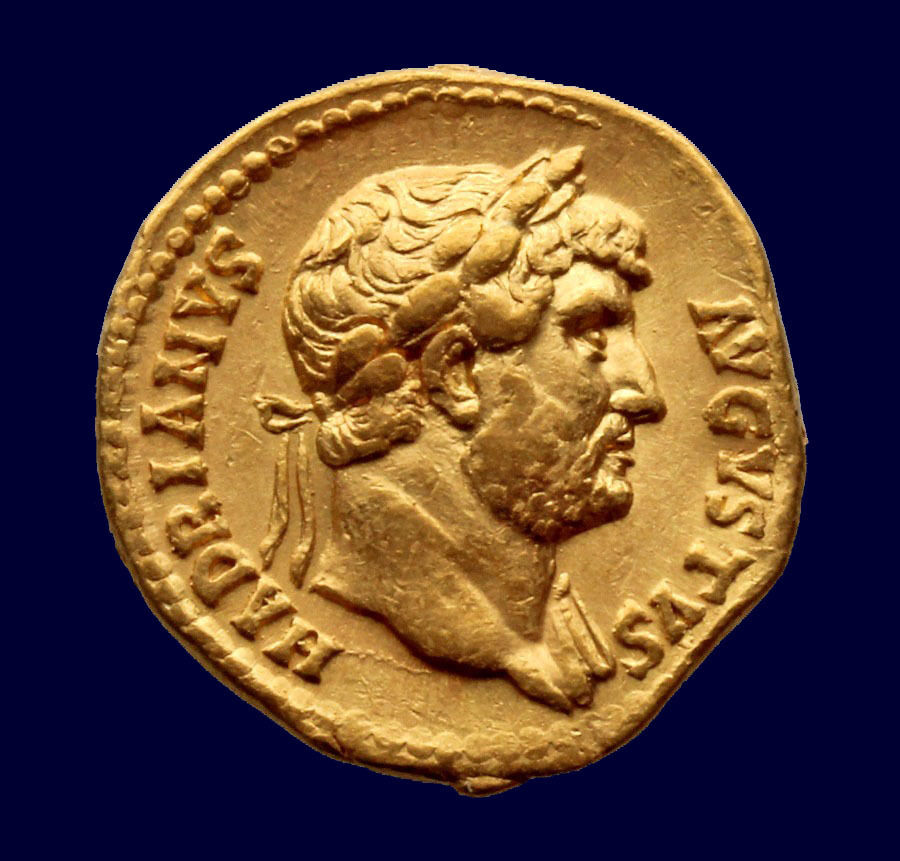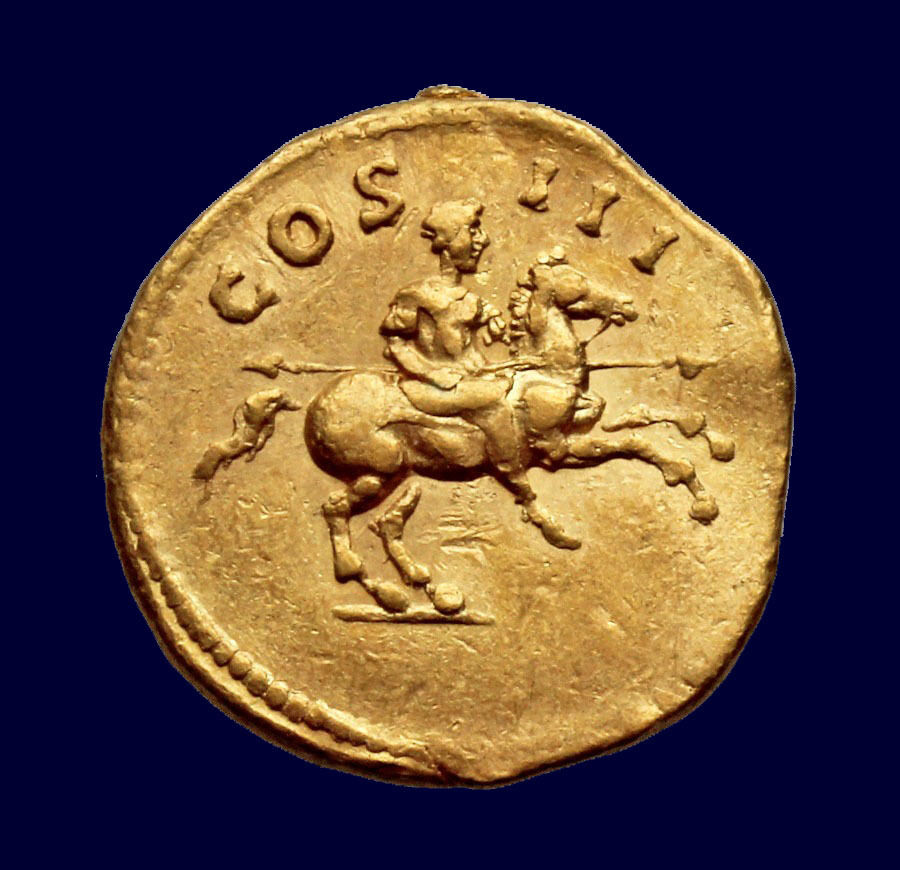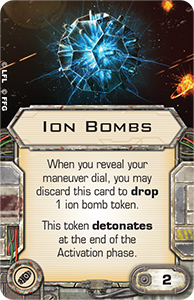Additional References: Cohen 414, Calico 1224
Notes: Laureate bust r., drapery on l. shoulder / Hadrian, with cloak floating behind, on horse galloping r., holding spear in r. hand.
Obverse: Hadrian (Latin: Publius Aelius Hadrianus Augustus; 24 January 76 - 10 July 138) was Roman emperor from 117 to 138. Hadrian is known for building Hadrian's Wall, which marked the northern limit of Britannia. He also rebuilt the Pantheon and constructed the Temple of Venus and Roma. Philhellene in most of his tastes, he is considered by some to have been a humanist, and he is regarded as one of the Five Good Emperors.
Hadrian was born Publius Aelius Hadrianus into a Hispano-Roman family. Although Italica near Santiponce (in modern-day Spain) is often considered his birthplace, his actual place of birth remains uncertain. However, it is generally accepted that he came from a family with centuries-old roots in Hispania. His predecessor, Trajan, was a maternal cousin of Hadrian's father. Trajan did not officially designate an heir, but according to his wife Pompeia Plotina, Trajan named Hadrian emperor immediately before his death. Trajan's wife and his friend Licinius Sura were well-disposed towards Hadrian, and he may well have owed his succession to them.
During his reign, Hadrian travelled to nearly every province of the Empire. An ardent admirer of Greece, he sought to make Athens the cultural capital of the Empire and ordered the construction of many opulent temples in the city. He used his relationship with his Greek lover Antinous to underline his philhellenism and led to the creation of one of the most popular cults of ancient times. He spent extensive amounts of time with the military; he usually wore military attire and even dined and slept amongst the soldiers. He ordered military training and drilling to be more rigorous and even made use of false reports of attack to keep the army alert.
Upon his accession to the throne, Hadrian withdrew from Trajan's conquests in Mesopotamia and Armenia, and even considered abandoning Dacia. Late in his reign he suppressed the Bar Kokhba revolt in Judaea, renaming the province Syria Palaestina. In 136 an ailing Hadrian adopted Lucius Aelius as his heir, but the latter died suddenly two years later. In 138 Hadrian resolved to adopt Antoninus Pius if he would in turn adopt Marcus Aurelius and Aelius's son Lucius Verus as his own eventual successors. Antoninus agreed, and soon afterward Hadrian died at Baiae.
From Wikipedia
Hadrian was born Publius Aelius Hadrianus into a Hispano-Roman family. Although Italica near Santiponce (in modern-day Spain) is often considered his birthplace, his actual place of birth remains uncertain. However, it is generally accepted that he came from a family with centuries-old roots in Hispania. His predecessor, Trajan, was a maternal cousin of Hadrian's father. Trajan did not officially designate an heir, but according to his wife Pompeia Plotina, Trajan named Hadrian emperor immediately before his death. Trajan's wife and his friend Licinius Sura were well-disposed towards Hadrian, and he may well have owed his succession to them.
During his reign, Hadrian travelled to nearly every province of the Empire. An ardent admirer of Greece, he sought to make Athens the cultural capital of the Empire and ordered the construction of many opulent temples in the city. He used his relationship with his Greek lover Antinous to underline his philhellenism and led to the creation of one of the most popular cults of ancient times. He spent extensive amounts of time with the military; he usually wore military attire and even dined and slept amongst the soldiers. He ordered military training and drilling to be more rigorous and even made use of false reports of attack to keep the army alert.
Upon his accession to the throne, Hadrian withdrew from Trajan's conquests in Mesopotamia and Armenia, and even considered abandoning Dacia. Late in his reign he suppressed the Bar Kokhba revolt in Judaea, renaming the province Syria Palaestina. In 136 an ailing Hadrian adopted Lucius Aelius as his heir, but the latter died suddenly two years later. In 138 Hadrian resolved to adopt Antoninus Pius if he would in turn adopt Marcus Aurelius and Aelius's son Lucius Verus as his own eventual successors. Antoninus agreed, and soon afterward Hadrian died at Baiae.
From Wikipedia
Denomination: The aureus (pl. aurei - "golden") was a gold coin of ancient Rome valued at 25 silver denarii. The aureus was regularly issued from the 1st century BC to the beginning of the 4th century AD, when it was replaced by the solidus. The aureus was about the same size as the denarius, but heavier due to the higher density of gold (as opposed to that of silver.)
Before the time of Julius Caesar the aureus was struck very infrequently, usually to make large payments from captured booty. Caesar struck the coin more frequently and standardized the weight at 1/40 of a Roman pound (about 8 grams). Augustus (r. 29 BC - 9 AD) tariffed the value of the sestertius as 1/100 of an aureus. The mass of the aureus was decreased to 1/45 of a pound (7.3 g) during the reign of Nero (r. 54 - 68).
After the reign of Marcus Aurelius (r. 161 - 180) the production of aurei decreased, and the weight was further decreased to 1/50 of a pound (6.5 g). During the 3rd century, gold pieces were introduced in a variety of fractions and multiples, making it hard to determine the intended denomination of a gold coin.
From Wikiepedia
Before the time of Julius Caesar the aureus was struck very infrequently, usually to make large payments from captured booty. Caesar struck the coin more frequently and standardized the weight at 1/40 of a Roman pound (about 8 grams). Augustus (r. 29 BC - 9 AD) tariffed the value of the sestertius as 1/100 of an aureus. The mass of the aureus was decreased to 1/45 of a pound (7.3 g) during the reign of Nero (r. 54 - 68).
After the reign of Marcus Aurelius (r. 161 - 180) the production of aurei decreased, and the weight was further decreased to 1/50 of a pound (6.5 g). During the 3rd century, gold pieces were introduced in a variety of fractions and multiples, making it hard to determine the intended denomination of a gold coin.
From Wikiepedia
Period: Imperial Rome. As the Roman Republic began to implode because of
corruption and infighting among powerful members of the Roman Senate, a new type of
Roman Republican coinage emerges, that of the military strongmen who dominated and
fought among each other before the final fall of the Republic. The drama surrounding
the fall of the Roman Republic is a story full of political intrigue, military action, betrayal,
murder and sex scandals. Different parts of this story have been told and retold by
ancient historians, modern day scholars, dozens of Hollywood movies and even an HBO
miniseries. All of the actors in this great drama, Crassus, Pompey, Julius Caesar, Brutus
and Cassius, Mark Antony and Cleopatra and the last man standing at the end of it all,
Octavian (later known as the first emperor of Rome, Emperor Augustus) all minted coins
during this time bearing their names and propaganda images supporting their factions
and political ideals.
Culture: Ancient Rome. A famous catch phrase "Rome was not built in a day"
definitely applies to the Roman civilization. Rome stated as a series of small villages among the
famous seven hills of Rome along the river Tiber. Eventually through conquest, diplomacy, wise
policies of indirect rule and assimilation, the Romans were able to not only unify the Italian
peninsula, but though a series of brutal wars against regional powers established a great Empire
that spanned Europe, Asia and Africa, making the Mediterrean Sea and "Roman Lake."
All Roman coinage can generally be divided into eight time periods as described below. An interesting thing about Roman coins minted during these eight time periods is that you can literally see the "Rise and Fall" of the Roman Empire on its coinage as the sharp imagery and pure silver and gold coins of the Roman Republic and Early Imperial Period gradually devolves into crude, illegible and heavily debased coins of the "Barracks Emperors" and "Barbarian" Period.
All Roman coinage can generally be divided into eight time periods as described below. An interesting thing about Roman coins minted during these eight time periods is that you can literally see the "Rise and Fall" of the Roman Empire on its coinage as the sharp imagery and pure silver and gold coins of the Roman Republic and Early Imperial Period gradually devolves into crude, illegible and heavily debased coins of the "Barracks Emperors" and "Barbarian" Period.
Item created by: George on 2016-08-13 16:16:42. Last edited by George on 2016-08-13 16:16:51
If you see errors or missing data in this entry, please feel free to log in and edit it. Anyone with a Gmail account can log in instantly.
If you see errors or missing data in this entry, please feel free to log in and edit it. Anyone with a Gmail account can log in instantly.








